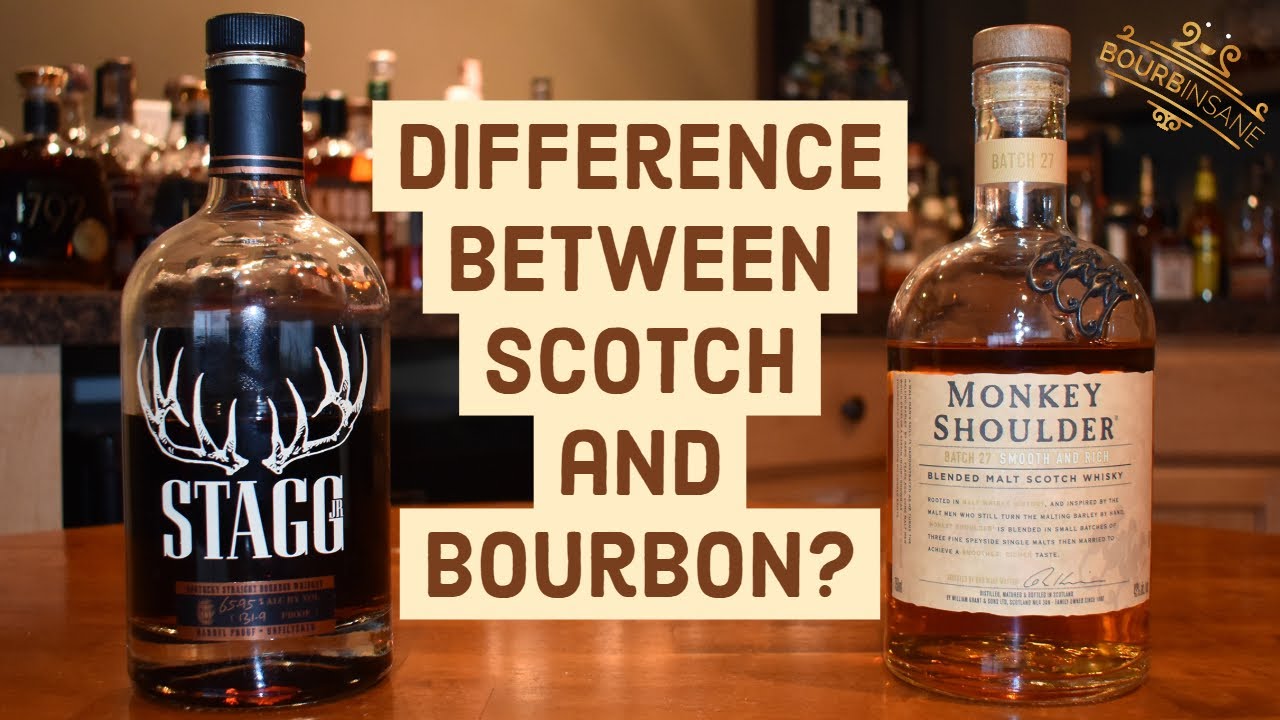Whiskey for newbies: everything you want to get started

If you're new to whiskey, navigating the world of this complex and numerous spirit can be a rewarding journey. Here's a information to help beginners get started with whiskey:
Types of Whiskey:
Bourbon: A sort of American whiskey, bourbon have to be produced from no much less than 51% corn and aged in new charred oak barrels. It tends to be candy, with flavors of vanilla and caramel.
Scotch: Scotch whisky comes from Scotland and could be broadly categorized into Single Malt (made from one hundred pc malted barley in a single distillery) and Blended Scotch (a mixture of single malts and grain whiskies).
Rye Whiskey: Rye whiskey could be both American or Canadian. American rye must be made from no less than 51% rye, while Canadian rye could be produced from a variety of grains.

Irish Whiskey: Typically triple-distilled for smoothness, Irish whiskey may be created from a combination of malted and unmalted barley and different grains.
Tennessee Whiskey: Similar to bourbon but undergoes an additional charcoal filtering process known as the Lincoln County Process. Additional resources is a famous instance.
Tasting Tips:
Glassware: Use a tulip-shaped glass to concentrate aromas. The narrower top traps scents, enhancing the tasting experience.
Color: Observe the whiskey's color. It can present clues about its age and cask sort. However, shade is not all the time indicative of quality.
Nose: Swirl the whiskey gently within the glass and take in the aromas. Note any scents such as fruit, spice, caramel, or smokiness.
Sip and Savor: Take a small sip and let it coat your palate. Pay consideration to the flavors, the mouthfeel, and any lingering aftertastes.
Whiskey for Beginners:
Bourbon: Try manufacturers like Buffalo Trace, Maker's Mark, or Evan Williams. These offer a great introduction to the candy and approachable nature of bourbon.
Scotch: Start with a mild Single Malt like Glenfiddich or Glenlivet. These are sometimes fruitier and less peaty than another Scotch whiskies.
Rye Whiskey: For American rye, Bulleit and Rittenhouse are good options. For Canadian rye, Crown Royal or Lot No. forty are in style choices.
Irish Whiskey: Jameson is a broadly available and approachable alternative. Redbreast is a step up in high quality and complexity.
Tennessee Whiskey: Jack Daniel's is a traditional Tennessee whiskey. If you want something a bit more unique, try George Dickel.
Additional Tips:
Start Neat: Begin by tasting whiskey neat (without mixers) to experience its true flavors.
Water and Ice: Experiment with adding a number of drops of water or ice to see the method it impacts the whiskey's style and aroma.
Take Your Time: Sip slowly and permit your palate to acclimate to the flavors. Whiskey tasting is a sensory expertise that advantages from patience.
Explore and Experiment: Try different styles, manufacturers, and expressions to discover your preferences. Attend tastings or be part of whiskey clubs to be taught more.
Remember that everybody's palate is totally different, and there isn't any right or wrong way to enjoy whiskey. The secret is to explore, experiment, and savor the experience. Cheers!
